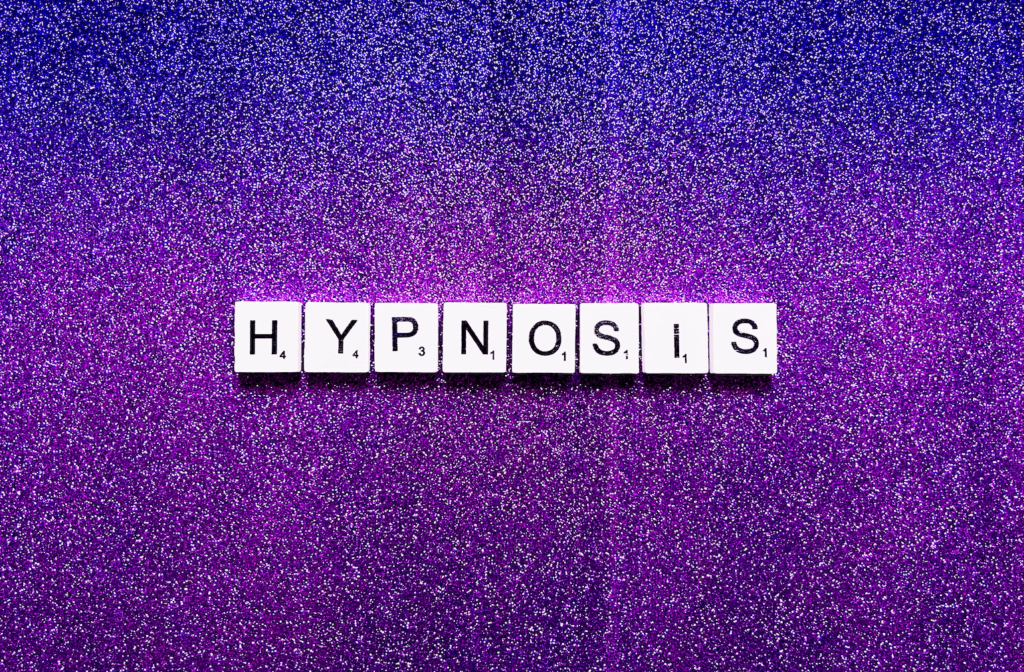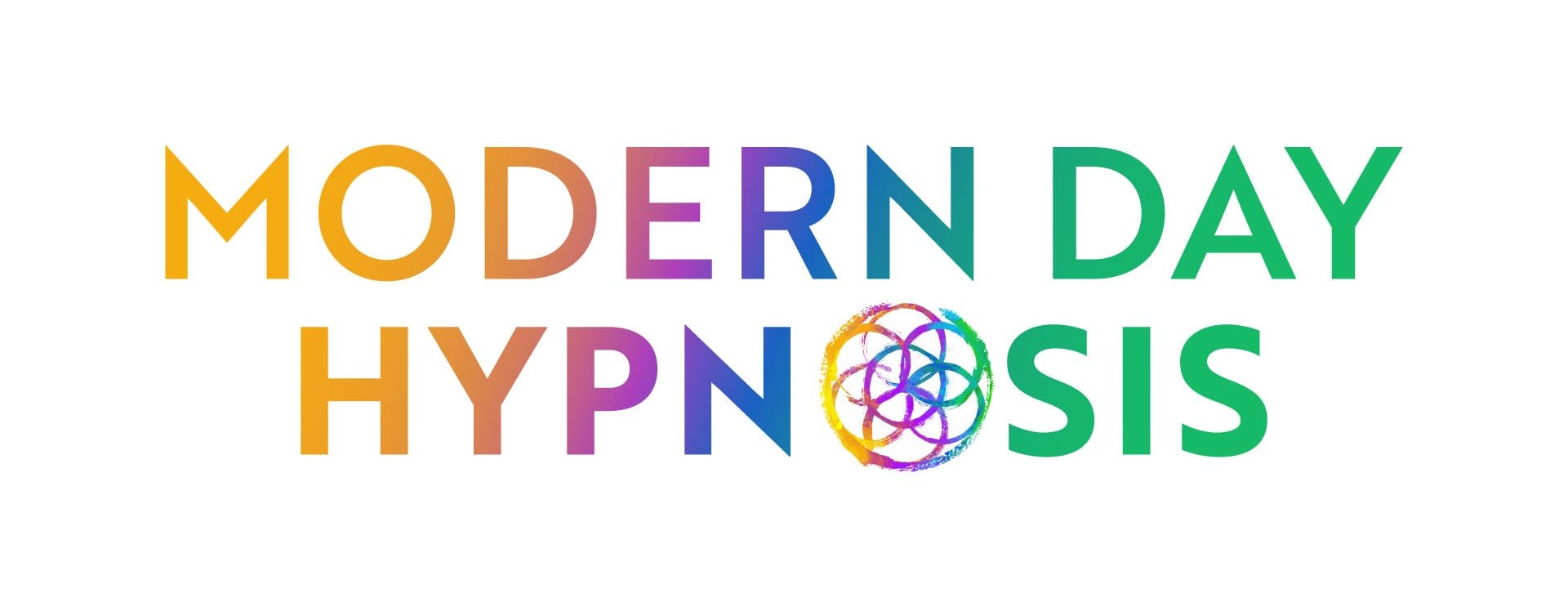The History of Hypnosis: From Ancient Times to the Modern World

Hypnosis has a long and fascinating history that predates even the modern world. The practice has its roots in ancient India and China. However, it wasn’t until the late 1800s that hypnosis became widely used to treat various medical conditions. Today, hypnosis remains integral to many medical treatments and helps individuals achieve higher concentration and focus. Read on to learn more about the history of hypnosis.
What Is Hypnosis?
Hypnosis is a state of deep relaxation and concentration. In hypnosis, your mind is more open to suggestions and responsive to positive change. It is a safe and effective way to improve your health and well-being. Moreover, there are several benefits of hypnosis, including:
- Reducing stress and anxiety
- Overcoming bad habits
- Boosting your confidence and self-esteem.
During a hypnotic session, you remain aware of your surroundings and in control of your body throughout the session.
Hypnosis is, in a natural sense, never not occurring. This is why we realize that, in often undetected and subtle ways, we are hypnotizing ourselves all the time. It is for this reason that hypnosis is best when self-applied, because it truly already is. It is also why, with a few techniques, one can often reach those specific and individual goals, of which they personally care to develop.
If you’re ready to try hypnosis, you could find a qualified hypnotherapist and book a session, or, it is our recommendation that, you can jump right in toward the goal with using any of the tools within Self-Applied Hypnosis Techniques, and come back to those and other tools across a Life-Time as goals change.
The Emergence and Popularization of Hypnosis
Hypnosis techniques have been used for thousands of years – dating back to the sleep temples of ancient Egypt. Sleep – or dream – temples served as a place for people to heal from their various ailments. Treatment administered at these temples typically included chanting, meditation, and fasting.
Hypnosis-related treatment reemerged in the 15th century with the Swiss physician Paracelsus’s practice of treating the mind to heal the body – a sentiment that still remains valid in modern-day hypnotherapy treatments. Throughout the 18th and 19th centuries, several doctors and scientists elaborated on established hypnotherapy techniques. Incredibly, doctors such as James Esdaille, used hypnosis techniques to perform major surgeries painlessly and without the use of anesthesia.
In 1843, scientist James Braid, who introduced the word ‘Hypnosis’, set out to change the public’s perspective on hypnotherapy. Braid knew that hypnosis was not a supernatural or occult ‘phenomenon’, but rather an effective treatment with a strong basis in scientific research.
After Braid came a myriad of scientists interested in expanding our knowledge of hypnosis – from Sigmund Freud in the 19th and 20th centuries, to Milton Erickson, a founder of Neuro-Linguistic Programming, in more recent times. Overall, these scientists, doctors and researchers were working towards similar goals:
- To show that hypnosis is effective in a variety of applications, from medical to therapeutic and nearly everything in between
- To strip aware the fear and lore that surrounds the science-based practice of hypnotherapy
- To treat their clients beyond the surface level, solving the problem from the root rather than masking over it
With roots in ancient Egypt, hypnotherapy practices have withstood the test of time, and have evolved to remain practical in the modern day. Over time, more and more people are choosing to turn to hypnosis as a natural, effective way to reach their goals.
Hypnosis Techniques Used in Recent Times
To be hypnotized, you must be willing to focus your attention. The hypnotherapist will then use various techniques to help you relax and enter a trance-like state.
One of the most common techniques used in modern-day hypnosis is progressive relaxation. The technique involves your hypnotherapist gradually relaxing the muscles in your body. As your muscles relax, you will begin to feel drowsy as your breath becomes deeper and slower.
Another common technique used in modern-day hypnosis is called visualization. This technique involves picturing yourself achieving your goals. During the hypnotic session for weight loss, your hypnotherapists will help you visualize yourself achieving your goals. For example, they may ask you to picture yourself eating healthy foods and exercising regularly.
Lastly, the third and most common technique is eye fixation, which involves fixing your gaze on an object. This could be a spot on the wall or even a ceiling. As you gaze at the object, your hypnotherapist will ask you to focus all your attention on it. Gradually, your body will start to relax, and your thoughts will slow. This is the beginning of the hypnosis state. Once you are in a trance-like state, your hypnotherapist works with your subconscious to help you achieve your goals. Modern-day hypnosis is a safe and effective way to help you treat sleep disorders.
Self-Applied Hypnosis Techniques for the Modern Day

Of course, finding a qualified hypnotherapist to consult with can be massively helpful in reaching your goals. There is no limit to what the mind is capable of and this can be guided for you when you partner with an experienced practitioner.
However, if you’re looking to take hypnosis techniques into your own hands, our Self-Applied Hypnosis Techniques will guide the way!
This is not rocket-science. The concise content will allow anyone to access and use these techniques with confidence. Revisit the materials to discover totally new techniques to be guided by when new motivation develops. The reality of our modern lifestyles is that it can be difficult to find the time and resources to attend regular hypnotherapy sessions. And, truth-be-told, 24-7 access to the same guiding conversation, meditative experience, and application of techniques serves you instantly and specifically, rather than waiting to go in for an interactive session.
By accessing our Self-Applied Hypnosis Techniques, you’ll be able to utilize control of your mind with greater ability and to greater result on your own time and on your own terms. You’ll have access to plenty of materials and support to guide you along your journey of mastering the self-hypnosis practice. Read about our success stories on our website today!
Find out How Hypnosis Can Help
Hypnosis has been used for centuries to help people heal and cope with various issues. Today, hypnosis is widely recognized as a legitimate and effective therapy practice. Are you interested in learning how Hypnosis can help you improve the quality of your life?
Since 2013, we have worked with thousands of clients and walked them through quitting bad habits like smoking. In addition, we have helped many more reach their weight loss goals through hypnosis. Book an appointment with us, and we will match you with a highly-skilled hypnotherapist who will pay attention to your specific needs.
- About the Author
IACT Trainer:
The International Association of Counselors and TherapistsDEHI Trainer:
The Dave Elman Hypnosis InstituteNGH Hypnotist:
The National Guild of HypnotistsIACT Hypnotist:
The International Association of Counselors and TherapistsIMDHA Hypnotist:
The International Medical and Dental Hypnotherapy Association
Hypnosis
Have You Tried It Yet? It Really Works!
